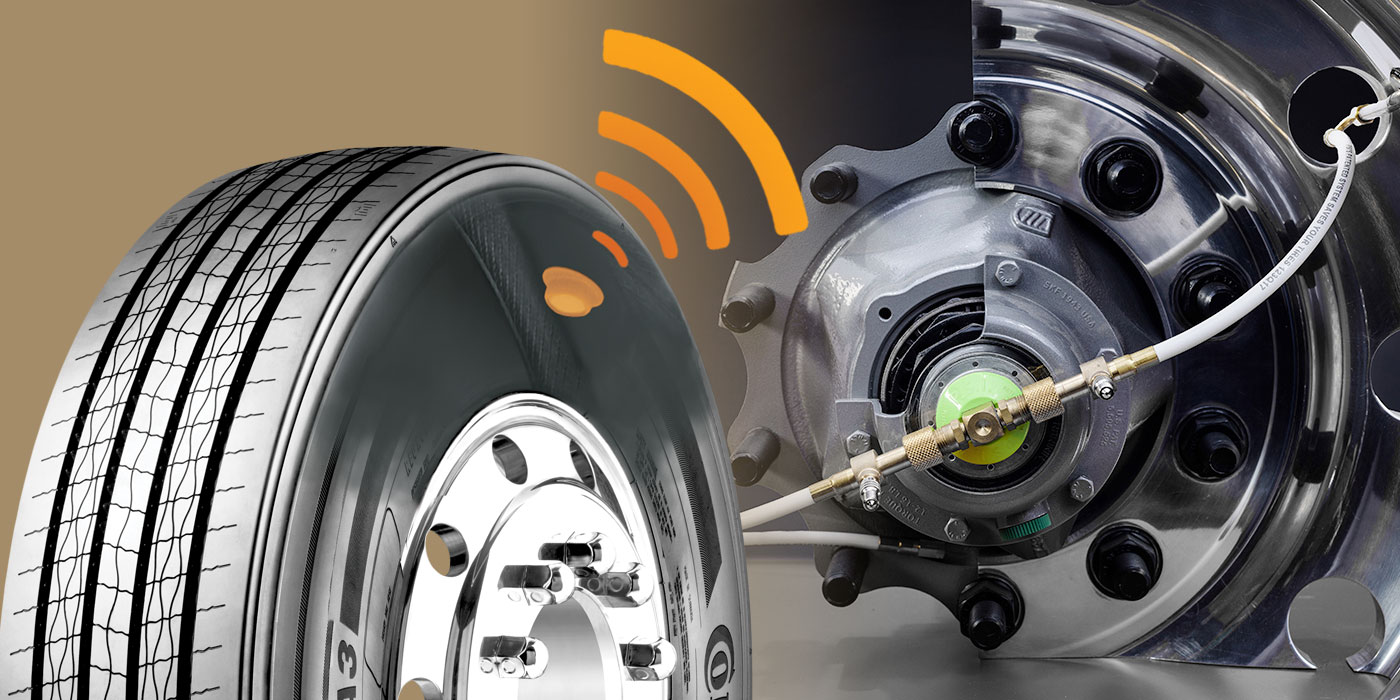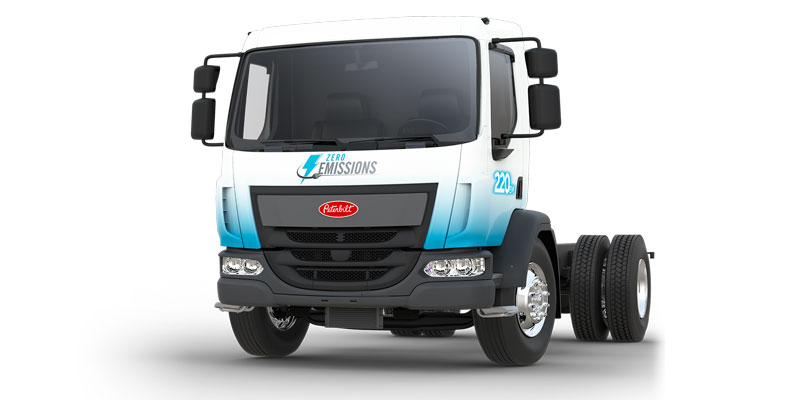Every now and again the opportunity to make a direct comparison across two markets presents itself. Usually, closer analysis shows that such comparisons are rarely perfect but in the vexed tale of license renewal, I may have come across one worthy of comment.
Presumably, as a result of crimes and misbehavior in a previous life, I am blessed with not one but two vocational driving licenses. The State of Texas deems me fit and proper to hold one, while the U.K. says, “Have at,” it with one from the Old World. All good; one can never have too many permits. Now, those permits need renewing; Here it gets murky.
Europe likes regulation. It creates work for regulators, demand for paper mills and useful content for Europeans to gripe about. A few years ago, regulators turned their attention not to trucks but to those who would drive them, and, in the fullness of time, along came Directive 2003/59/EC. This required vocational permit holders to undergo 35 hours of training every five years in order to retain the right to drive trucks. No certificate of training = no license.
Here’s the thing: The training may not be such that is any way applicable to the task. Allow me to explain. My UK CDL allows me to drive trucks. Any truck. But not buses. I possess a vocabulary too rich and varied and a temperament too short and ill-natured to be involved in passenger transport and, thus, buses and me have long existed at a comfortable and respectful distance. But for purposes of renewing my truck driving permit, I can—should I choose—sit through 35 hours of bus training.
To my further delight, I find that same training can be delivered by someone with a similar knowledge of the bus business as myself. To whit: Zero. Just for good measure, successful completion of the course—and thus successful renewal of the license—is measured not by a test of skill or comprehension but by remaining upright for 35 hours. In a world in which a truck driver can re-qualify by learning about buses from someone with no vocational skill within that sphere, success is measured by the ability to remain breathing and this, ladies and gentlemen, is what happens when no child is left behind. I’m just saying.
I grant you that over the years, I’ve probably spent 35 hours in the line at the DMV, but this at least is not dressed up as training. In fairness, many European trucking companies have taken this regulation and used it to develop good and productive training schedules for their drivers.
Which brings me to my point: Training is a good thing. It bewilders me that someone can go out, throw big dollars at a new truck which represents significant R&D cost and is optimized to work at a degree of efficiency unthought of even a few years ago only to throw in a driver with a heavy right foot who, in the space of a few miles, renders that same development as worthless.
The OEMs see this. In today’s GHG regulation-driven environment, MPG is the end all, be all. It’s how the manufacturers compete for your business; so training should be as much a part of the procurement process as specifying the driveline. Having gone through a couple of OEM courses, I can testify to their efficacy and, for a fleet of 100 drivers, a saving of just 1 percent on fuel adds up to a tidy sum on a monthly basis. Such savings are very possible.
Europe has created a situation in which training can be seen as a negative. North America does not need to follow its path. Today’s training environment is too cut throat to pass up any opportunity to improve efficiency, and that observation rests as much with the vehicle as it does with the guy behind the wheel.














